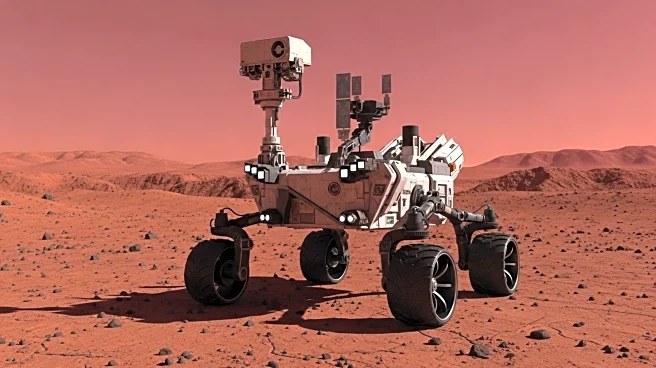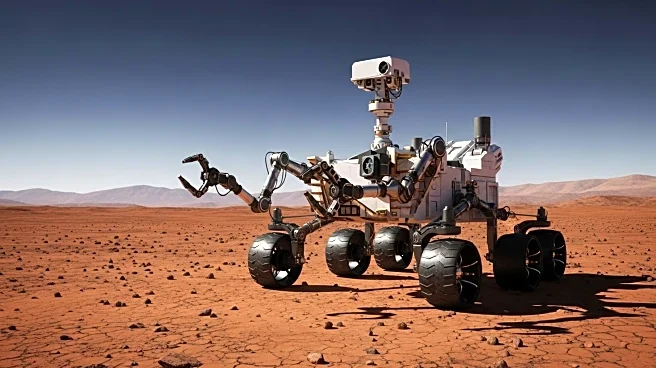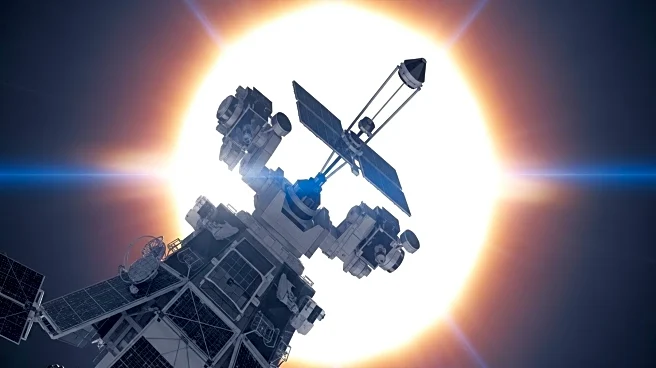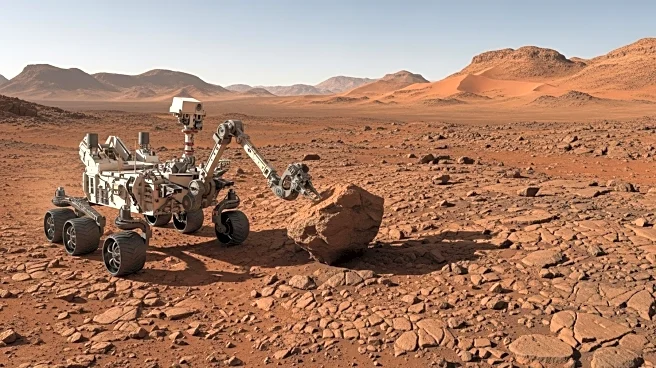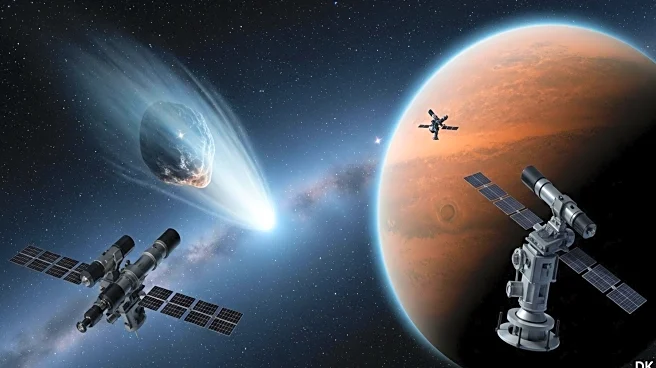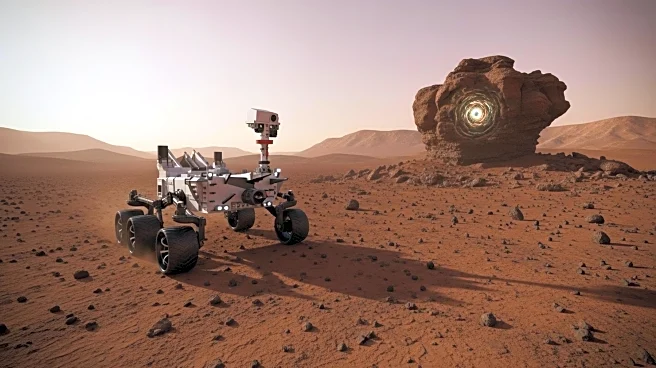What's Happening?
Christian Hubicki, head of the Optimal Robotics Laboratory at Florida State University, has expressed skepticism about Elon Musk's plan to deploy humanoid robots on Mars. According to Hubicki, these robots, including Tesla's flagship model Optimus, are not yet reliable enough to function autonomously on Earth, let alone on Mars. Musk has ambitious plans to produce 100,000 units of Optimus per month by next year, but the humanoid robotics industry has not yet demonstrated the ability to scale or find a viable market. A recent demonstration of Optimus showed significant limitations, including slow response times and mechanical glitches. Despite these challenges, Musk envisions these robots as part of his broader goal to colonize Mars, with plans to send them aboard his Starship rocket by 2026.
Why It's Important?
The potential failure of Musk's humanoid robots on Mars could have significant implications for the future of space exploration and robotics. If these robots cannot operate reliably in the harsh conditions of Mars, it could delay or complicate plans for human settlement on the planet. This situation also highlights the broader challenges facing the humanoid robotics industry, which has yet to prove its scalability and market viability. The success or failure of Musk's plans could influence investor confidence and the direction of future technological developments in robotics and space exploration.
What's Next?
Musk's timeline for deploying humanoid robots on Mars is ambitious, with a first flight without humans planned in approximately 3.5 years and a subsequent flight with humans in about 5.5 years. However, significant technological advancements in robot reliability are needed to make this vision a reality. Meanwhile, NASA and other space agencies continue to explore alternative robotic designs, such as snake robots, for extraterrestrial exploration. The coming years will be crucial in determining whether Musk's vision can be realized or if alternative approaches will take precedence.
Beyond the Headlines
The ethical and logistical challenges of deploying humanoid robots on Mars are significant. Without human presence to assist or repair these robots, their functionality could be severely limited. This raises questions about the practicality of humanoid designs for space exploration and whether more specialized robotic forms might be more effective. Additionally, the environmental and resource implications of manufacturing and deploying such a large number of robots must be considered.

